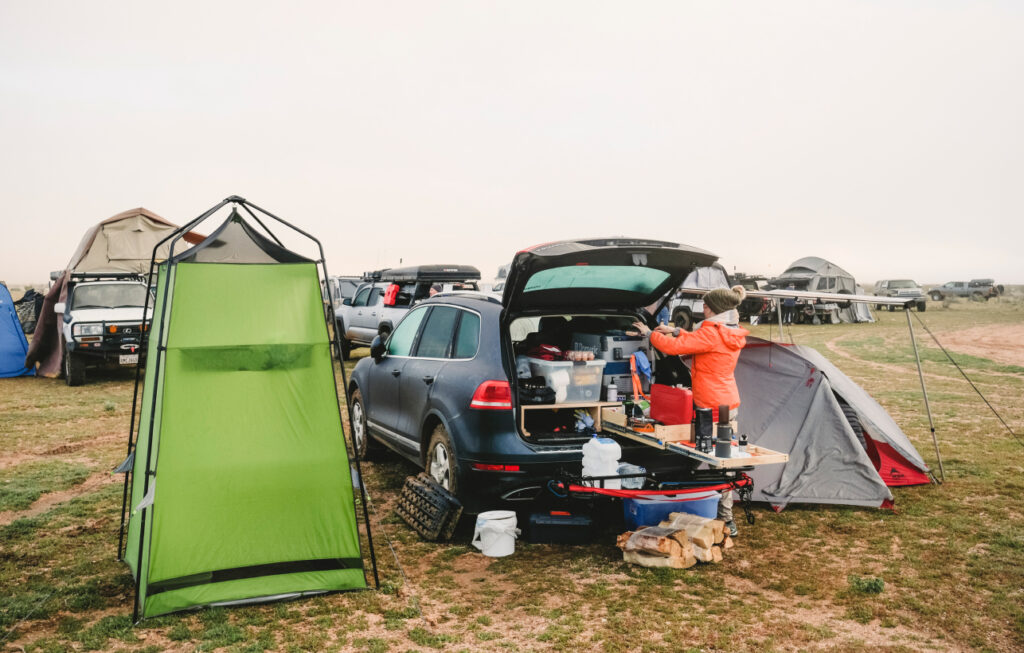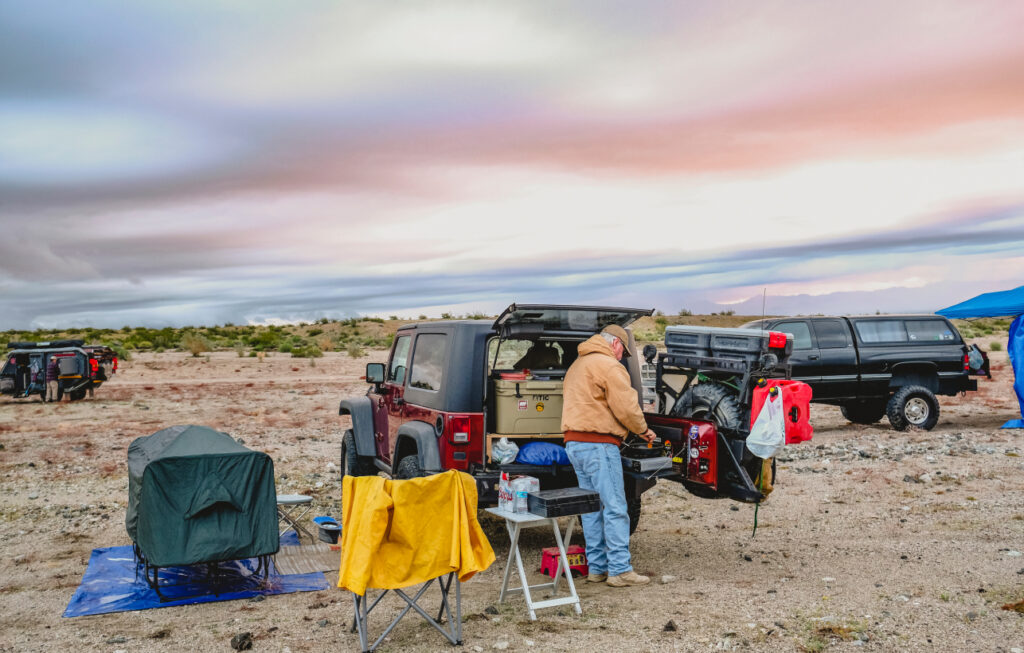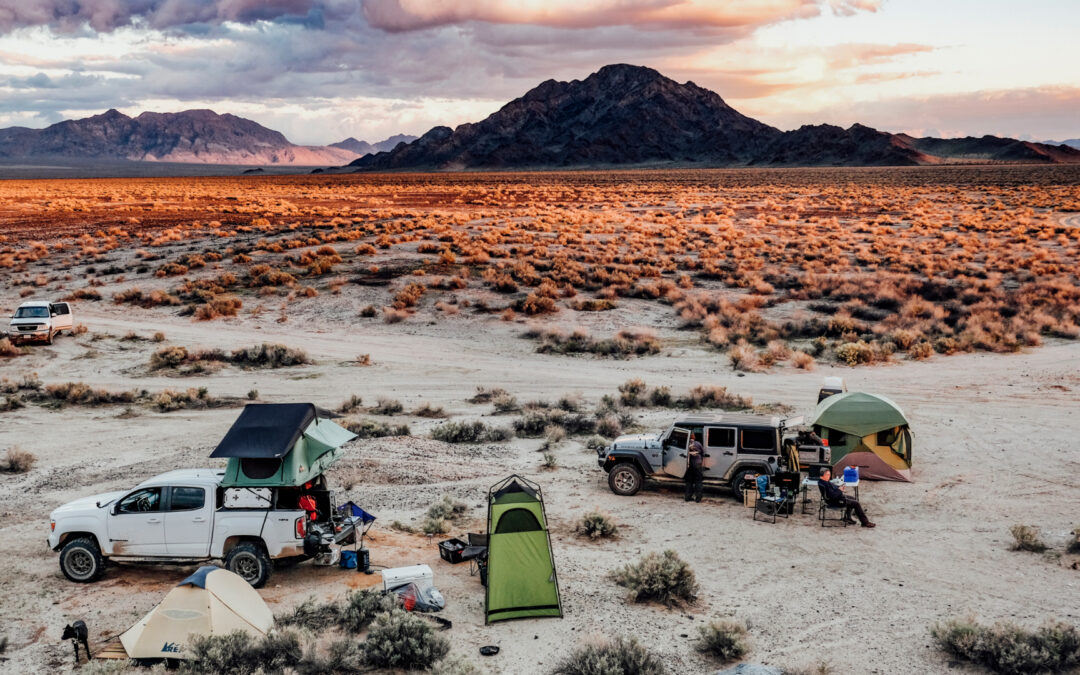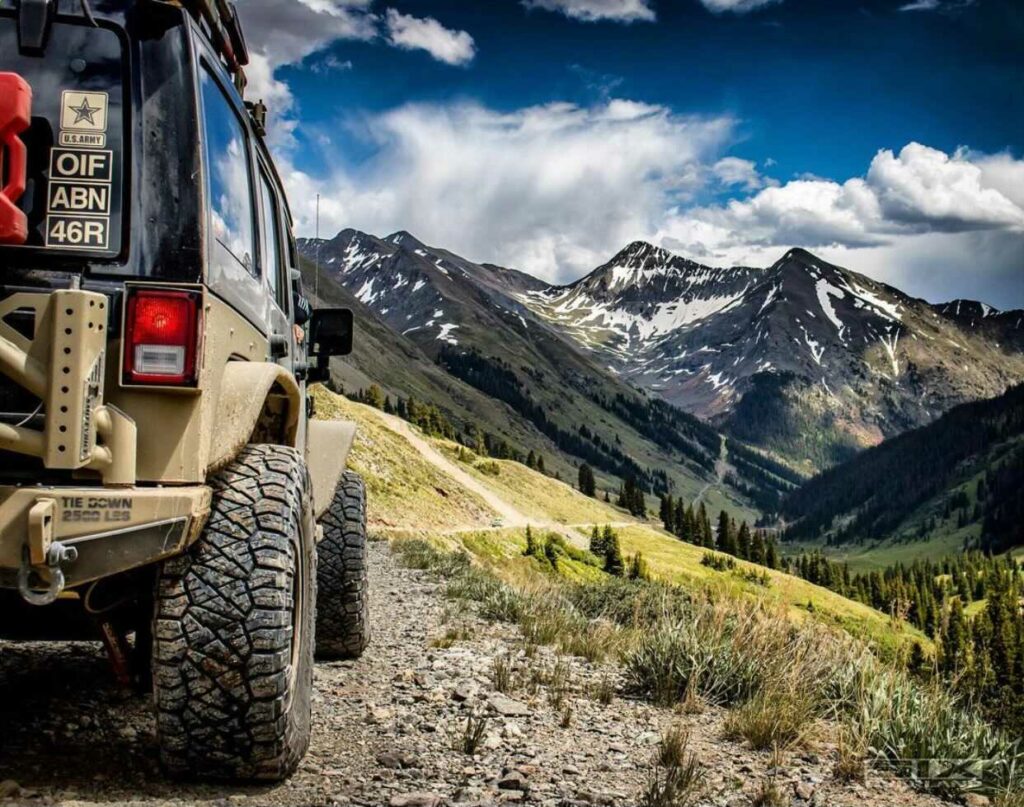Car camping has become a popular way to explore the outdoors without having to venture too far from civilization. However, many people who enjoy car camping are often interested in taking their adventures to the next level by venturing further into the wilderness. This is where overlanding comes in. Overlanding is essentially car camping on steroids – it involves traveling to remote destinations for an extended period of time, usually in a specially equipped vehicle. Let’s explore how to turn car camping adventures into overland adventures.
A Quick History of Overlanding
The term “overlanding” originated in Australia in the early 20th century, where it referred to the practice of driving cattle across long distances. Over time, the term evolved to encompass a broader meaning – traveling overland to remote destinations for the purpose of exploration or adventure. Today, overlanding has become a global phenomenon, with enthusiasts around the world seeking out new and exciting destinations to explore.
Similarities Between Car Camping and Overlanding
While there are certainly differences between car camping and overlanding, the similarities at the core of each are many. Both involve traveling in a vehicle, often with a focus on outdoor recreation. Both typically involve staying in campsites, and both can be done with a variety of vehicles, from compact vehicles to fully equipped SUVs.

Overland Bound member with a full overland set up in their car. Mojave National Preserve. Photo by Brett Siegel.
The biggest difference between the two is the level of preparedness required. While car camping can be done with little more than a sleeping bag and a cooler, overlanding requires a higher level of planning and preparation. This includes equipping your vehicle with the necessary gear and supplies to travel to dispersed campsites and remote destinations for an extended period of time.
Steps and Gear Needed for Overlanding
If you’re interested in turning your car camping adventures into overlanding trips, there are several steps you can take to get started.
The first step is to assess your current vehicle and determine whether it’s capable of handling the rigors of overlanding. If not, you may need to invest in a vehicle that is better suited for off-road travel.
Once you know your vehicle’s capabilities, the next step is to equip it with the necessary gear and supplies. This could include things like a roof rack, storage bins with tie downs, recovery gear (such traction boards and recovery straps), a fully equipped First Aid Kit, and spare parts and tools for your vehicle.
You’ll also need to stock up on essentials like food, water, and fuel, as well as camping gear like a tent or a flat space in your vehicle to sleep, sleeping bags, and cooking supplies.

Another important aspect of overlanding is navigation. Unlike car camping, where you can rely on cell phone signals and sometimes remote connectivity like campground wifi, overlanding often takes you to remote destinations where these technologies may not work. You will need a combination of pre-downloaded maps on your phone for GPS navigation, and if possible, a satellite communication device like a Garmin InReach or Zoleo or cell signal booster.
Are you just getting started? You can read all about some off-road travel basics here.
Advice for Camping in Remote Destinations
If you’re new to camping in remote destinations, it’s important to start small and work your way up. This means choosing destinations that are within your comfort zone and gradually increasing the difficulty level as you gain experience.
With a little research, it is possible to find dispersed camping in a stock 2WD vehicle, however, research in advance is highly recommended, if not absolutely required. Well maintained Forest Service roads are a fantastic place to start, and one or two nights camping away from a maintained campground will give you a feel for the remote aspects of overlanding.
Be especially aware of any potential hazards or challenges and know your limits. There is no shame in the turn around game.
When it comes to packing, it’s better to err on the side of caution and bring more supplies than you think you’ll need. Storage bins that are easy to pack and access are awesome to start building out your kit and keeping everything organized and visible.
Packing includes things like food, water, and fuel, as well as spare parts for your vehicle in case something goes wrong. It’s also important to pack for the conditions you’ll be facing – this means bringing warm clothing and gear for cold weather destinations, and lightweight, breathable clothing for hot weather destinations.
We started with three Plano cases off and ran with that setup for years. It served us extremely well. Here is a checklist we created for a three case set up.
Finally, it’s important to respect the environment and leave no trace. This means packing out all your trash and being mindful of your impact on the natural world.
And, yes, please pack out human waste. It’s not as gross as it might seem at first. There are many methods and strategies to make this easy and sanitary, and this is mission critical to keep the environments we enjoy open.
It’s also important to be respectful of other dispersed campers, land managers and follow all posted rules. Don’t be the person who ruins it for everyone else.
Making the Leap from Car Camping to Overlanding
The main takeaway we hope you get from this article is that the overlaps between car camping and overlanding are many, especially when you start to explore beyond the activities of traditional camping.
More often than not the shift between the two comes from a shift in your mindset and how you plan and prepare. A word of warning… Making the mindset crossover from car camping to overlanding can have long lasting effects. Who knows? You just might find yourself roaming the world full time.
Additional Resources: This article on how to sleep in your vehicle while car camping is a great checklist for anyone making their vehicle their shelter.


